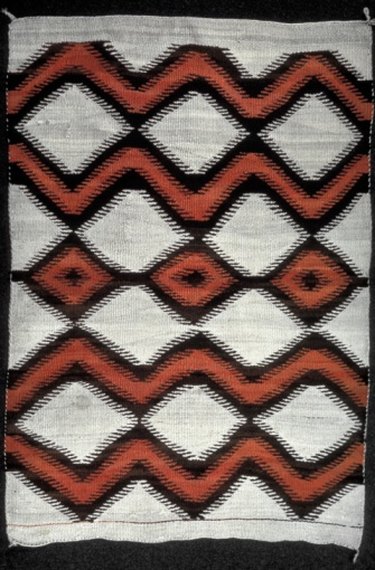
A weighted blanket is a type of blanket that includes pellets or materials to make the blanket much heavier than a traditional blanket. These blankets are used to treat the symptoms of ailments such as depression, anxiety, ADD/ADHD, autism and mood disorders. It is believed that the blankets can offer a calming effect to the patient. Weighted blankets can be purchased from a variety of vendors, or they can be made from quilting a blanket and then filling it with polyester pellets (polypropylene) that weigh it down. If making the blanket yourself, consider various choices for fabric to increase its overall quality and effectiveness.
Fabric Weight
Video of the Day
Vendors recommend that the fabric of weighted blankets be medium-weight and sturdy enough to hold the pellet beads that will be stored inside of the blanket. The fabric should be sturdy but not too thick so it is easy to sew. Many times, lightweight fabrics such as fleece, satin and polyester are combined with heavier-weight fabrics such as cotton.
Video of the Day
Fabric Touch
The fabric touch or hand refers to how the fabric feels to the touch. The softer the fabric is, the better it will feel to the skin. Some blankets are wrapped around the patient and so must feel comfortable and not irritate the skin. For patients such as autistic children, who are particularly agitated and have an increased tactility toward their environment, the blankets must feel soft and nonthreatening. Vendors often recommend cotton, fleece and satin combinations as opposed to polyester, which does not have the softer feel.
Fabric Stretch
Cotton and fleece are fabrics that stretch and "breathe" to allow for air to flow between the blanket and the patient. Although polyester is also stretchy, it doesn't allow for air flow and will actually hold in more heat. Any fabric used for the blanket should be prewashed before using to prevent shrinking when washed again.
Fabric Combinations
When making your own weighted blanket, consider using different fabric combinations for the top and bottom. The blanket is essentially a traditional quilt sandwich with a top and bottom made of fabric, and the middle made of batting and pellets. Using cotton fabric as the top is a choice that gives many design options, as more designs are available for cotton fabric than any other type of fabric. Using fleece, satin or polyester for the bottom side (closest to the patient) is a good choice because it is softer to the touch and more comfortable for someone who is more tactile sensitive.
- OT Innovations: Therapeutic Use of Weight
- Sensory Processing Disorder: Weighted Blankets
- "Complex Child Magazine"; Facts About Weighted Blankets and How to Make Your Own; L. McGinnis; 2008
- Health Guide Info: Weighted Blankets for Autistic Children and Their Benefits
- Weighted Blanket
- Sensory Goods – Weighted Products
- Special Creation: Top Quality Special Needs Products